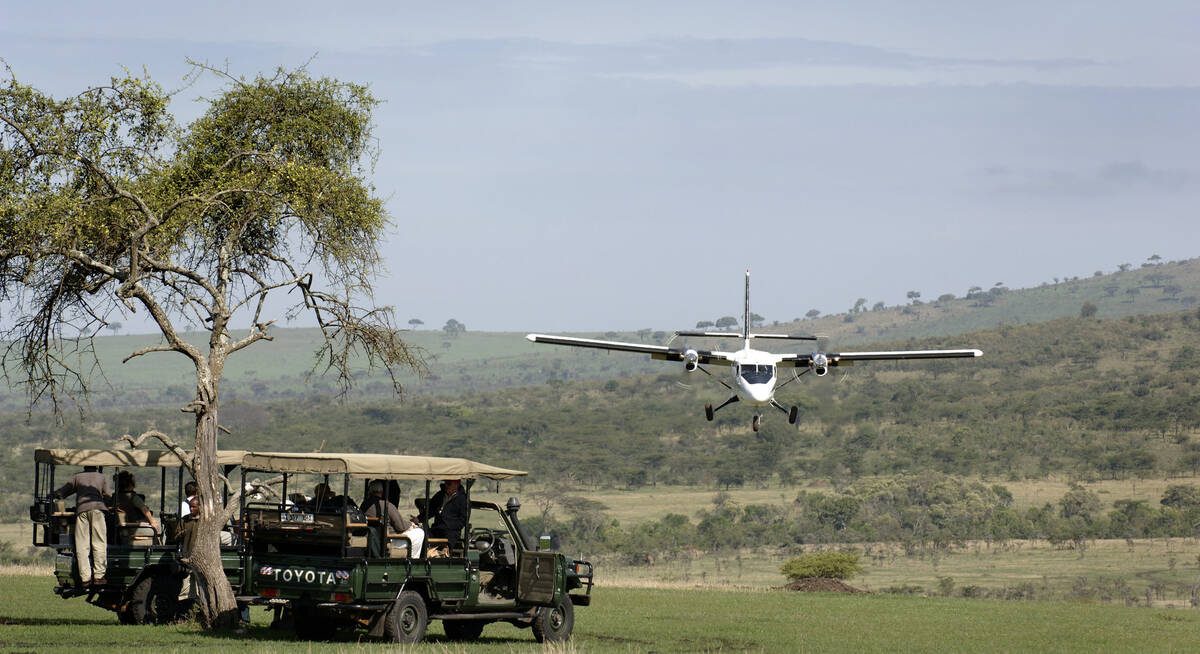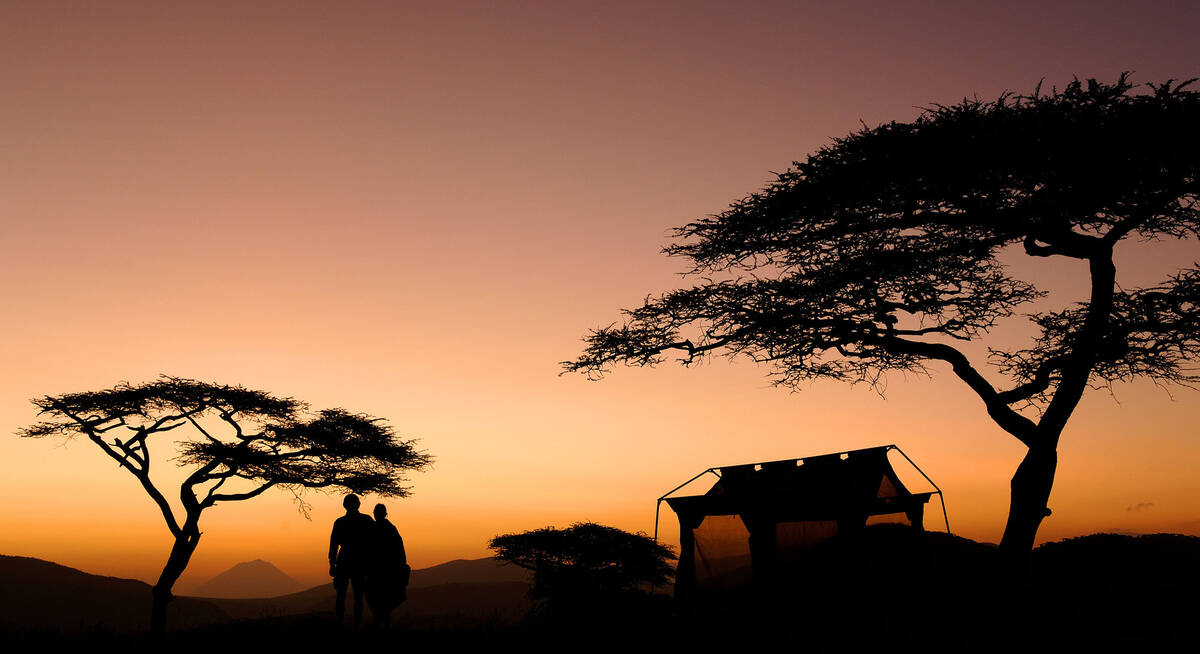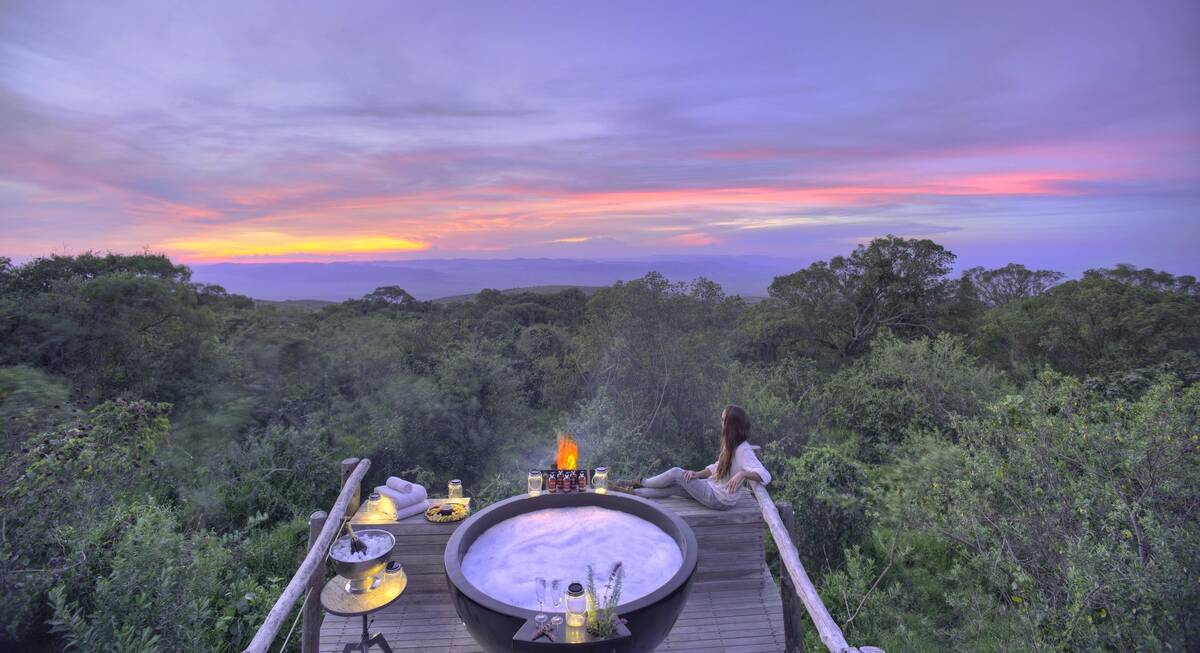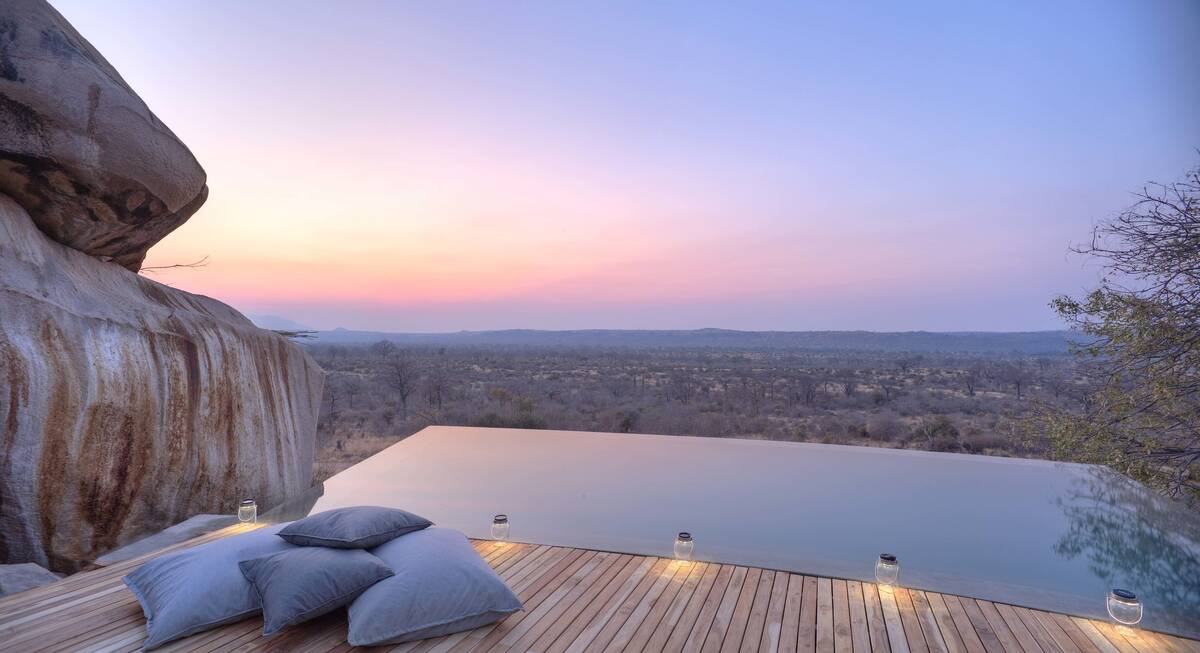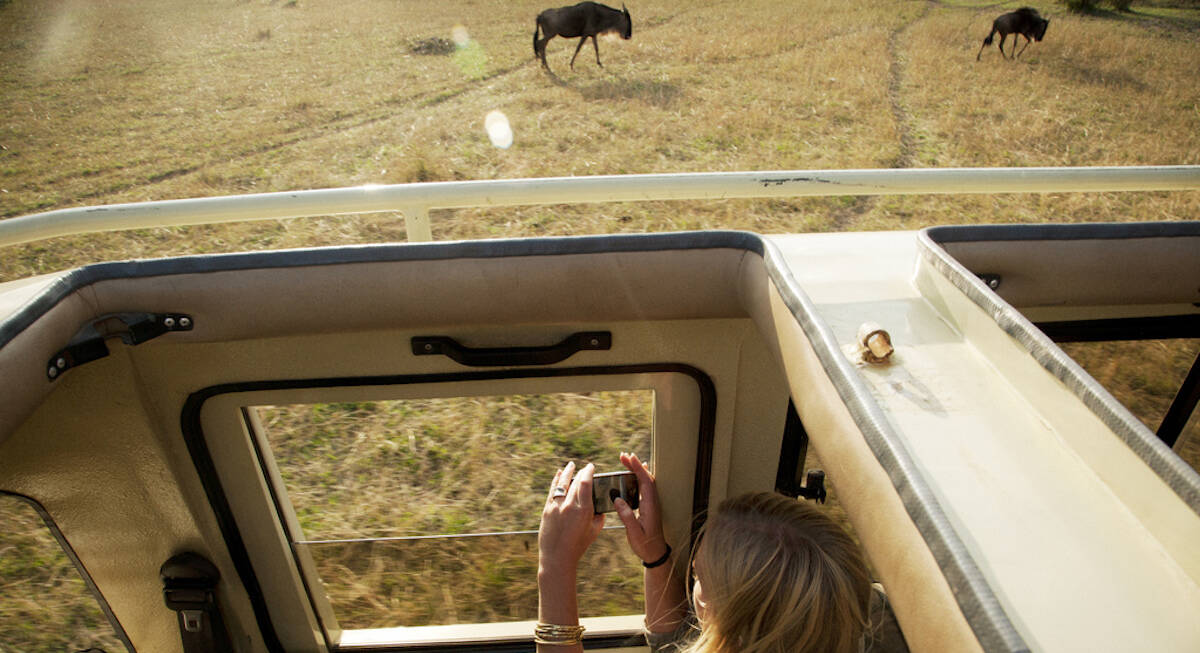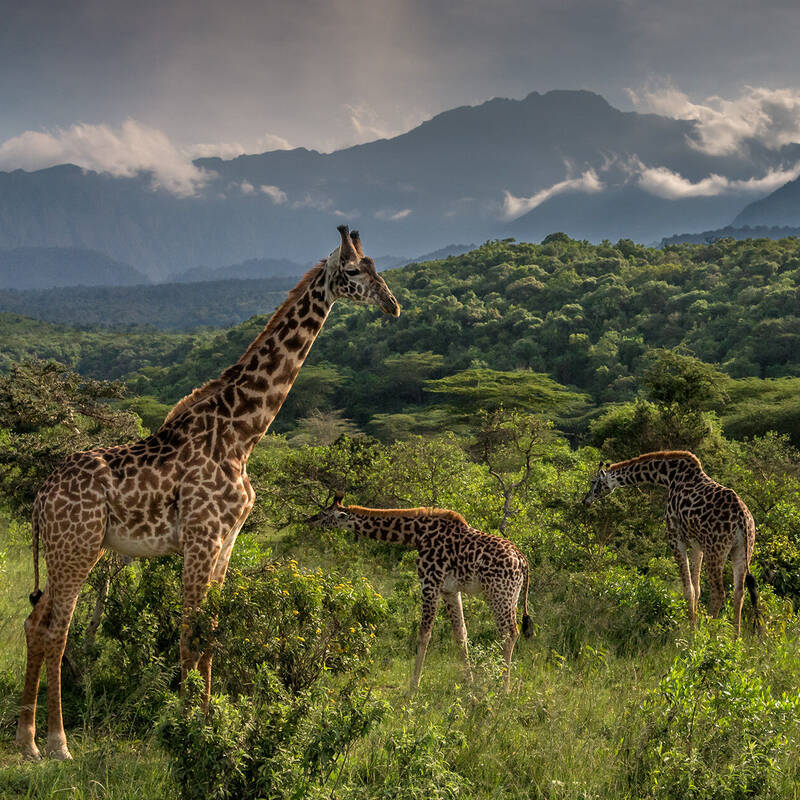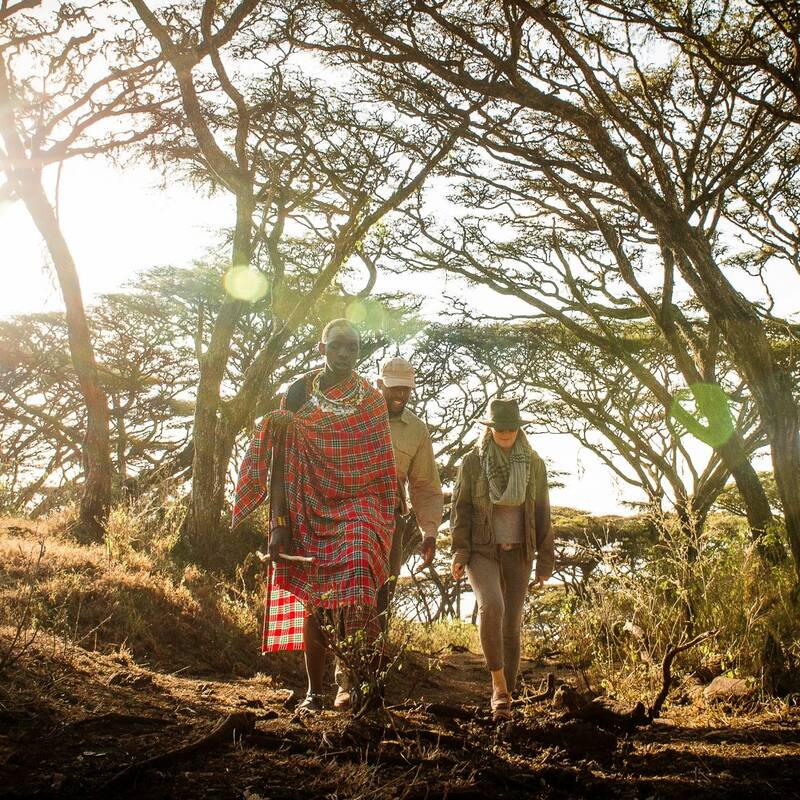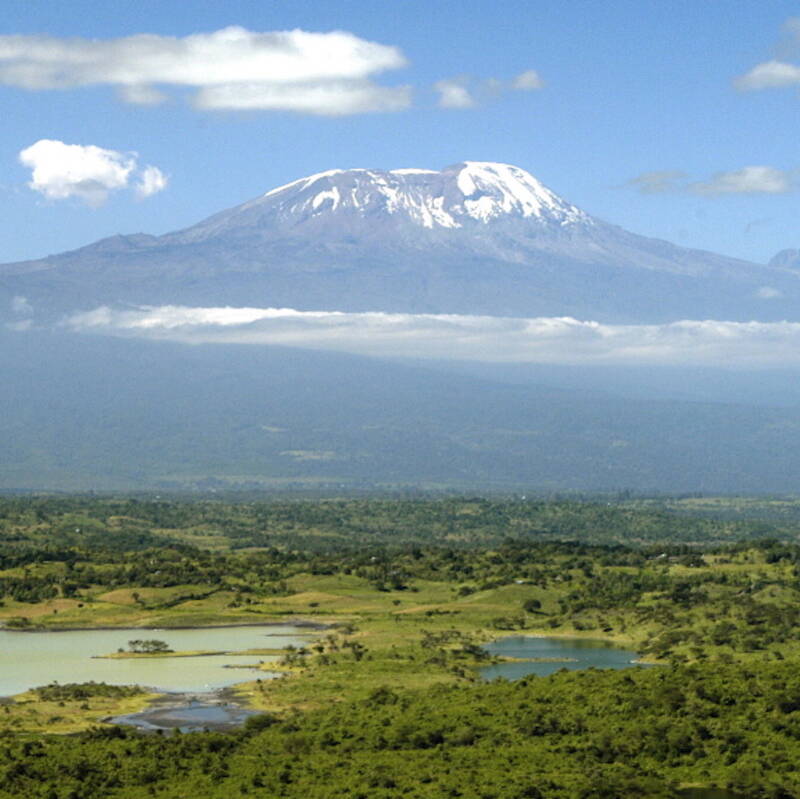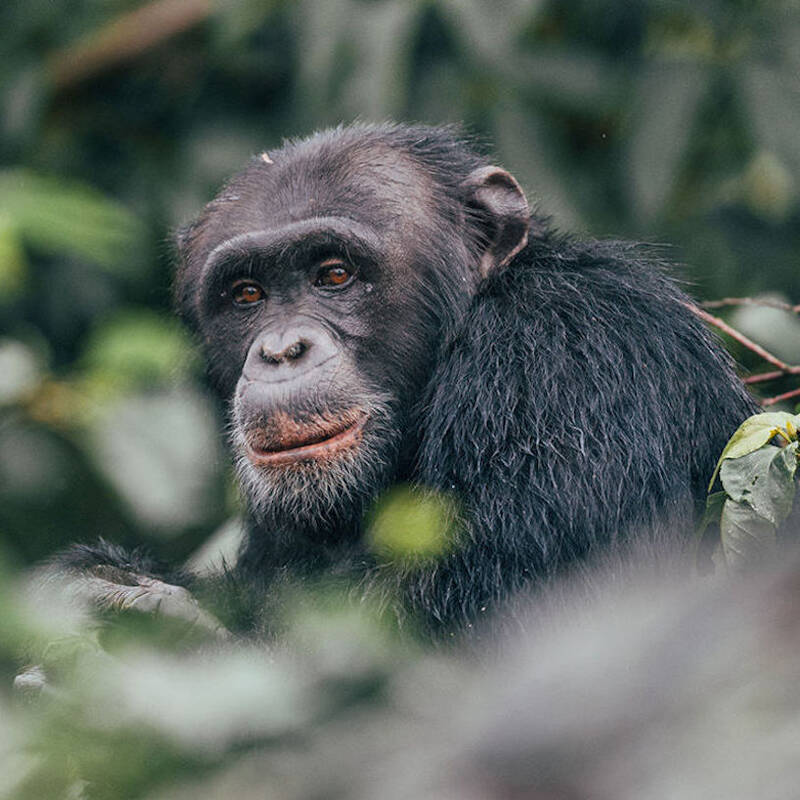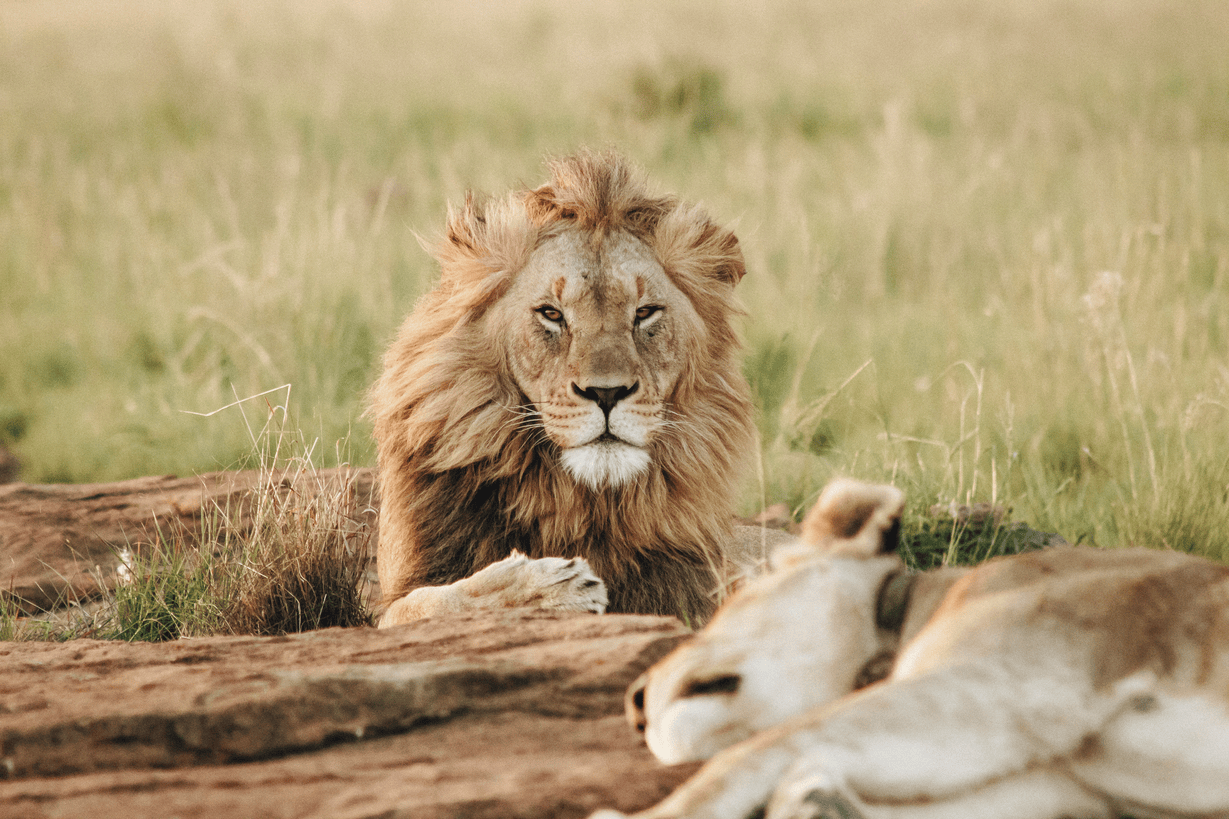Overview: Olduvai Gorge visit
History of findings in the gorge
Olduvai Gorge was made famous by paleoanthropologists Louis and Mary Leakey, who conducted numerous digs here in the mid 20th century. It is globally renowned for the early hominin fossils discovered here, most notably ‘Nutcracker Man’, a previously unknown species of hominin that was later classified as Paranthropus boisei. Sites at Olduvai Gorge have also yielded a vast quantity of stone tools, plant and mammal fossils, and the area remains important for research.Experience the Olduvai Gorge
A visit to the Olduvai Gorge focuses on the smart new museum, opened in October 2017 and overlooking the gorge. While you're here you will also have a chance to listen to a short presentation by a resident guide.Explore the different sections of the museum to discover the history of the site and learn about the various fossils to be found here. See a replica of the nearby Laetoli Footprints, which provide some of the earliest evidence of bipedalism; learn about the hominins and prehistoric mammals that lived in the area; and chat with a resident expert about the significance of the area as well as the current research. We found that it takes around an hour to explore the museum, but there is no time limit and you can spend as much time looking around as you wish.
For a small tip of around $10 USD you can drive down in to the gorge itself and visit the sites where Mary and Louis Leakey discovered early hominin remains. This is around a ten-minute drive, and you would typically spend no more than 20 minutes here. You’ll go with a member of staff, not a guide, but there is an information board at the site. It is also sometimes possible to visit active dig sites, as Olduvai Gorge is the focus of a number of ongoing studies. Teams of researchers typically visit in the dry season, between June and October, so you may be able to chat to the scientists involved and hear about the latest findings to come out of the gorge.
A 30-minute drive from Olduvai you can find a curious phenomenon, a shifting sand dune. This dune is formed from fine volcanic ash, which due to its high iron content is highly magnetic. This means that the dune clings together, and acts as a single unit as it slowly moves across the landscape. Researchers have tracked the movement of the dune over time, finding that it moves around 10 metres each year, blown by the prevailing wind. You could happily spend up to an hour here.
Please note: Expert Africa only books excursions as a part of a full, Expert Africa itinerary.
- Start location
- Olduvai Gorge Museum, generally en-route to or from the Ngorongoro Crater and the Serengeti National Park
- End location
- At your safari camp
- Meals included
- No meals are included
- Duration
- One - two hours
- Maximum group size
- Usually six people
Photo gallery
What to look forward to.
Olduvai Gorge is a famous for its spectacular scenery and the discovery of early hominin fossils.
A smart new museum opened in 2017...
... which features a replica of the Laetoli Footprints...
... giving some of the earliest evidence for bipedalism.
Other exhibits include a replica of the skull of Paranthropus boisei...
... and acheulean stone tools found in the gorge.
You can also choose to drive down into the gorge...
... and visit the sites of famous discoveries.
Time permitting, you can also visit the curious magnetic shifting sand dune.
Olduvai Gorge visit reviews
55 independent first-hand comments from our travellers.
Ideas for holidays which can include Olduvai Gorge visit
Add this experience to these trip ideas or contact us to start planning your own tailor-made safari to Tanzania.

Looking for inspiration on where to travel next?
Visit our trip chooser to explore your options and find inspiration for your perfect African adventure
Inspire meOther excursions in Tanzania
Inspiration and great ideas for other experiences in Tanzania to include in your safari.
Tanzania fact file
Useful information to help you prepare for your trip in Tanzania

Flights to Tanzania
How to get to and within the country

LGBT travel in Tanzania
Attitudes, the law & our experiences

Privately guided safaris
Safari with a private guide in your own 4WD

The Great Wildebeest Migration
Info to maximise the experience

Tanzania general info
Essential travel information
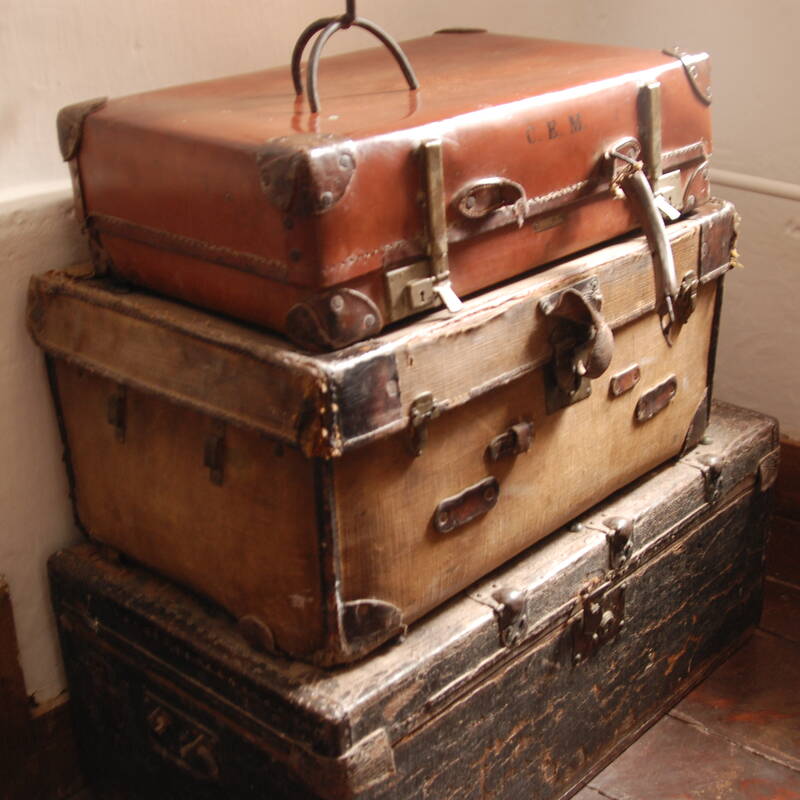
Tanzania safari packing list
Advice and tips on what to take on safari

Tipping in Tanzania
Expectations & guidelines for tipping

Weather & climate
The best time to visit Tanzania










